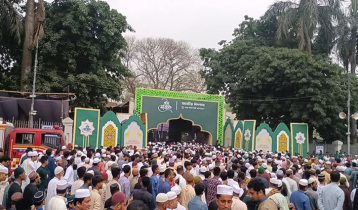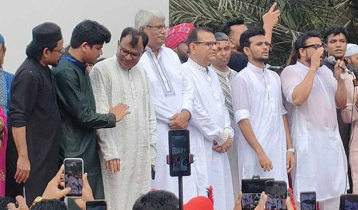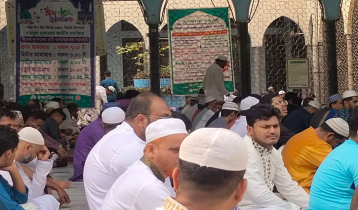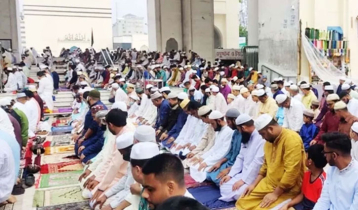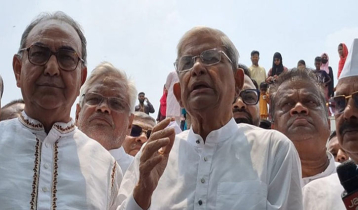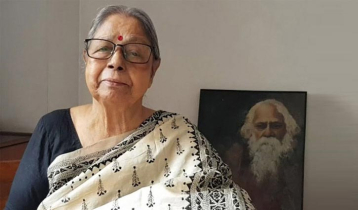UNESCO recognises ‘Shital Pati’ as cultural heritage
2 || risingbd.com

Staff Correspondent: The UNESCO has recognised Bangladesh's handcrafted mat Shital Pati as part of humanity's cultural heritage.
Bangladesh National Museum's Director General Faizul Latif Chowdhury confirmed the news to risingbd on Wednesday.
This is the third ICH from Bangladesh inscribed by UNESCO, according to its official website. Earlier in 2016, "Mangal Shobhajatra on Pahela Baishakh" was inscribed while "Baul songs" was inscribed in 2008. Forty-seven elements have been inscribed on the List of Intangible Cultural Heritage in Need of Urgent Safeguarding to date in 26 countries. The Representative List of the Intangible Cultural Heritage of Humanity numbers 365 elements in 108 countries.
In the 12th session of the Intergovernmental Committee for the Safeguarding of the Intangible Cultural Heritage started from December 4 to 9, a total of 35 nominations were submitted for inscription in 2017 on the Representative List of the Intangible Cultural Heritage of Humanity and Sylhet's traditional Shital Pati was one of them which has been inscribed during this meeting.
Shital Pati is the traditional art of making a handcrafted mat by weaving together strips of a green cane known as 'Murta'. The mat is used by people all over Bangladesh as a sitting mat, bedspread or prayer mat. The main bearers and practitioners are weavers living mostly in the low-lying villages in the greater Sylhet region of Bangladesh, but there are also pockets of Shital Pati weavers in other areas of the country.
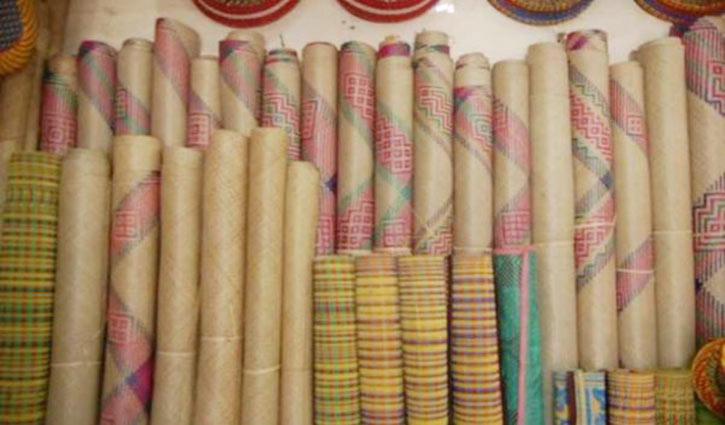
Both men and women participate in collecting and processing Murta, with women being more involved in the weaving process. The craft is a major source of livelihood and a strong marker of identity; primarily a family-based craft, it helps to reinforce family bonding and create a harmonious social atmosphere. Mastery of the technique commands social prestige, and the practice empowers underprivileged communities, including women, according to UNESCO.
The government promotes awareness of the element through local and national craft fairs, and Shital Pati communities are increasingly being organized into cooperatives to ensure the efficient safeguarding and transmission of the craft and guarantee its profitability. Safeguarding efforts involve the direct participation of the communities concerned and the practice is primarily transmitted from generation to generation within the families of craftspeople.
risingbd/Dhaka/December 6, 2017/Hassan/A K Azad
risingbd.com




